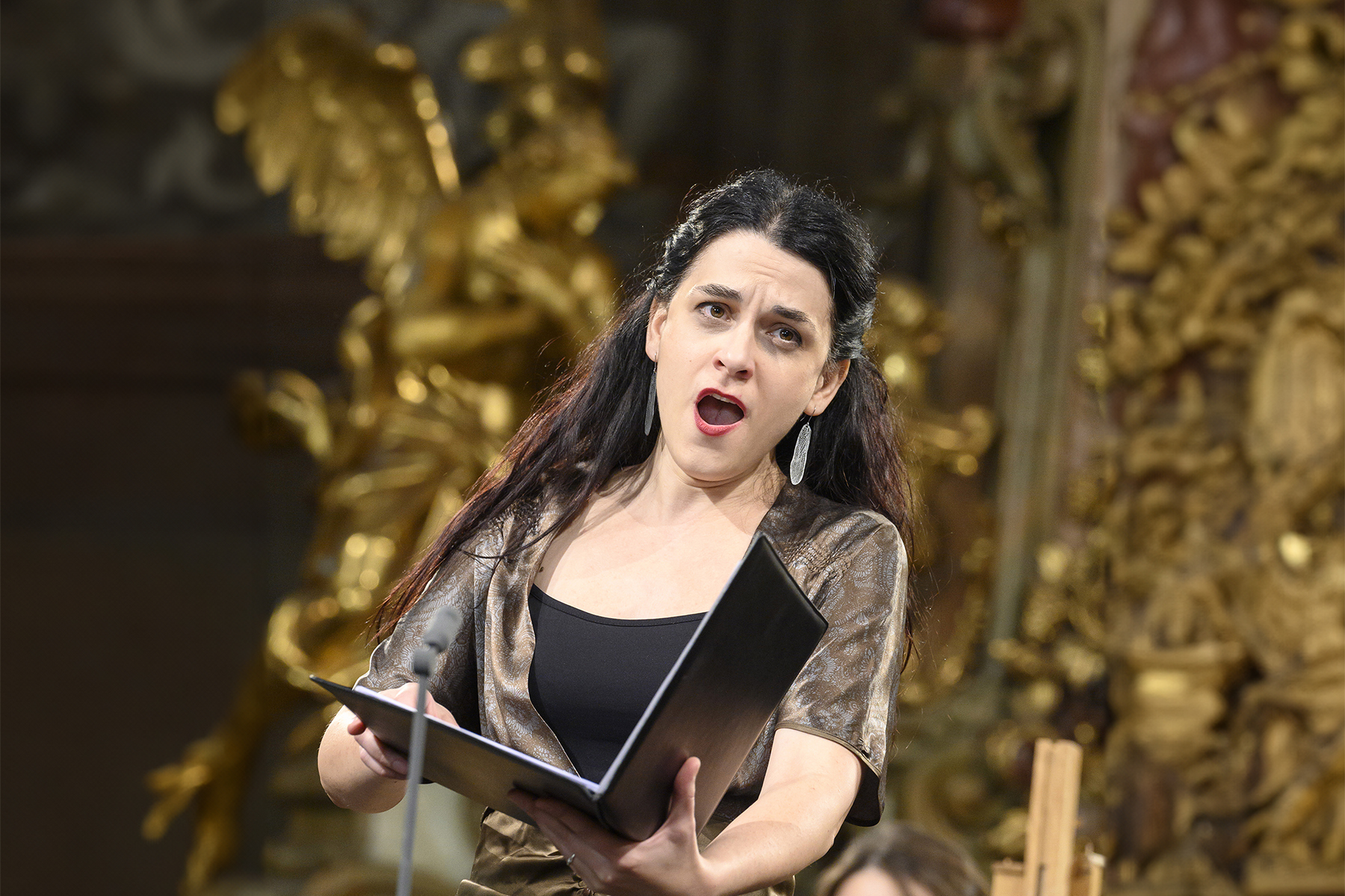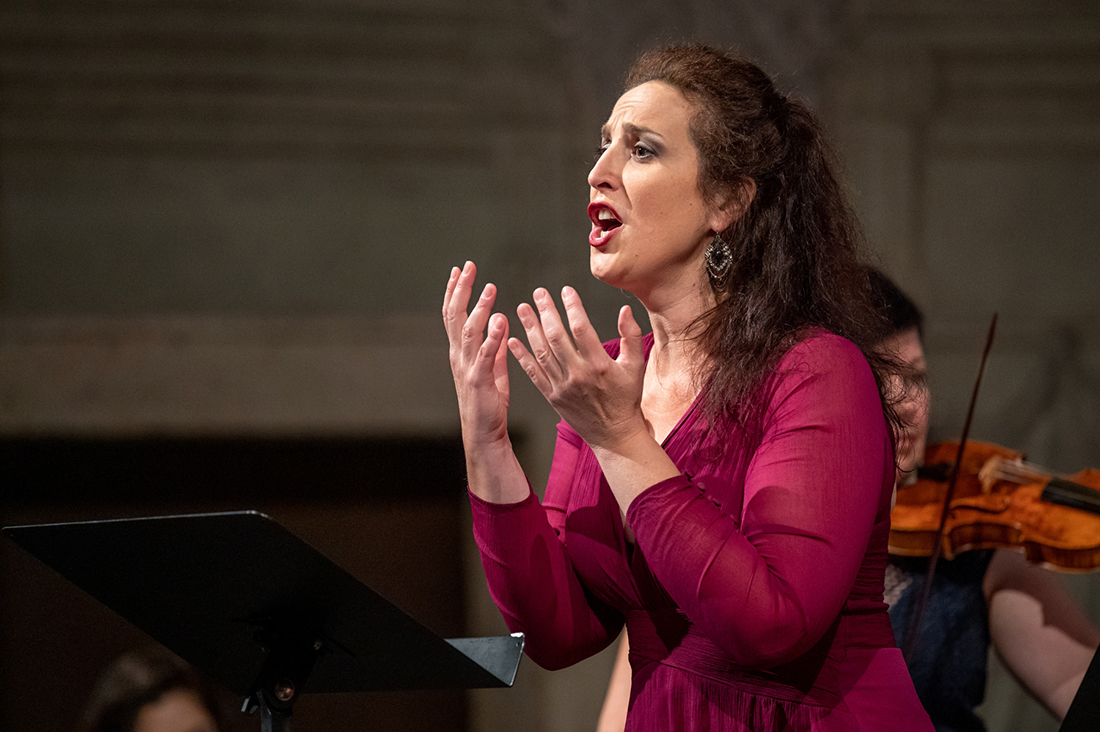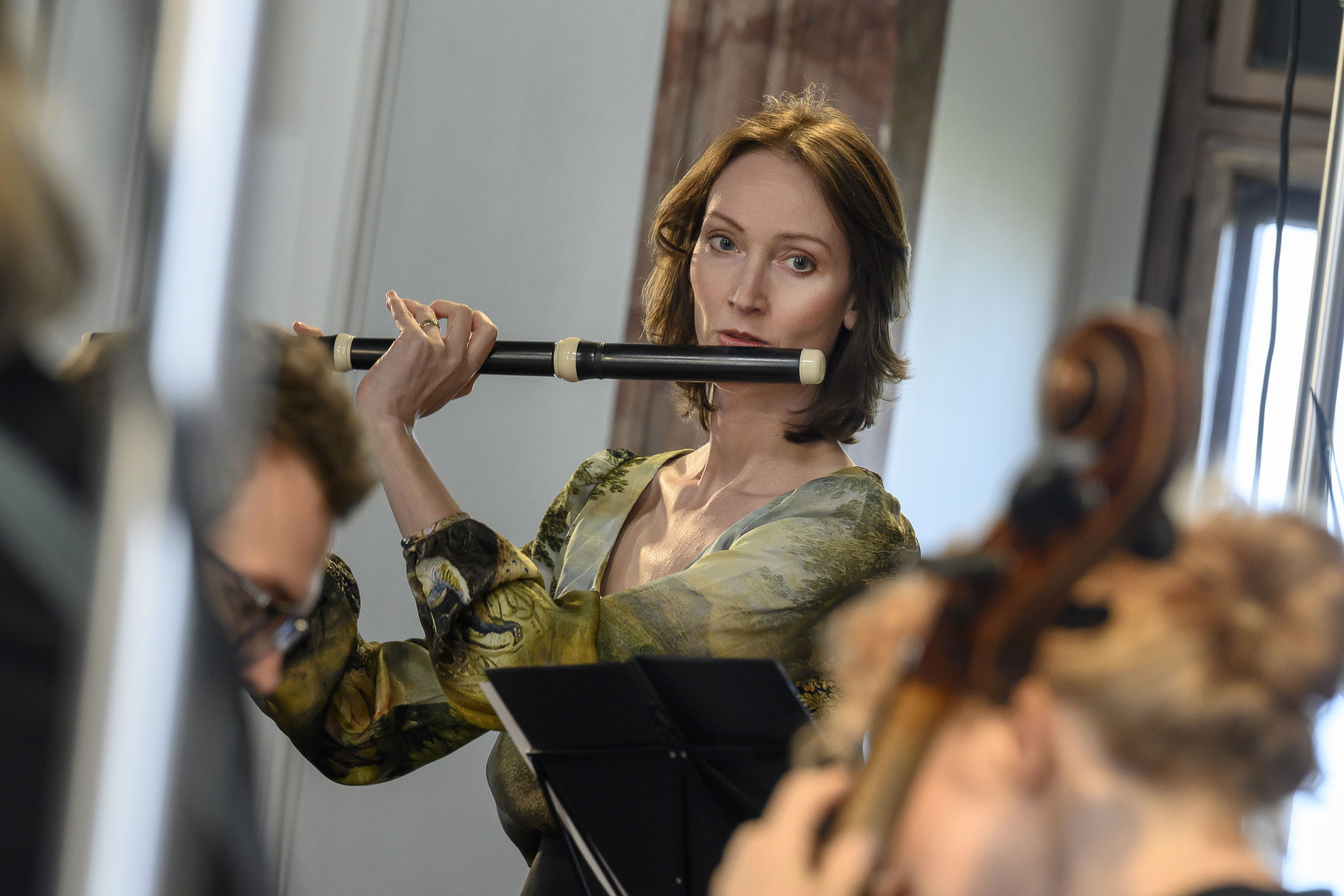Lobkowicz Palace, Imperial Hall
Description
The Lobkowicz Palace at Prague Castle is one of the most significant cultural sites in the Czech Republic. The only privately owned building in the Prague Castle complex, it is a UNESCO World Heritage Site. Through the centuries, the Palace witnessed some of Bohemia’s most important historical events.
The Lobkowicz Palace was built in the second half of the 16th century by the Czech nobleman Jaroslav Pernštejn (1528–1569). The Palace came into the Lobkowicz family through the marriage of Jaroslav’s niece, Polyxena of Pernštejn (1530–1642), to Zdeněk Vojtěch, 1st Prince Lobkowicz (1568–1628).
After the Thirty Years War, the Palace underwent a significant transformation, particularly during the time of Václav Eusebius, 2nd Prince Lobkowicz (1609-1677). He was responsible for the Palace’s significant baroque alterations and some of its more lavishly decorated salons.
Václav Eusebius redesigned the Palace in the Italian manner. Examples of the Italianate style can be found in what are referred to as the Concert Hall and the Balcony Room, whose ceilings are adorned with elaborate painted stuccowork and sumptuous frescoes by F. V. Harovník. In the 18th century, Joseph František Maximilian, 7th Prince Lobkowicz (1772–1816), commissioned the reconstruction of the exterior of the Palace in preparation for the coronation at Prague Castle of Emperor Leopold II as King of Bohemia (1791). The alterations included the addition of the panoramic balconies that visitors to the Palace still enjoy today. In spite of the various alterations made through the years, remnants of original 16th-century murals and sgraffito work can still be seen in the two interior courtyards.
After World War I, and following the abolishment of hereditary titles in 1918, Maximilian Lobkowicz (1888–1967), son of Ferdinand Zdenko, 10th Prince Lobkowicz (1858–1938), demonstrated his support for the fledgling Czechoslovak Republic by making several rooms at the Palace available to the government headed by Tomáš G. Masaryk, the President and founding father of Czechoslovakia.
In 1939, the invading Nazi forces confiscated the Palace along with all other Lobkowicz family properties. The Palace was returned to its owners in 1945, only to be taken away again after the Communist takeover in 1948. For the next forty years, the Palace was used for a variety of purposes, including State offices and as an exhibition space of the National Museum. Following a twelve-year restitution process in the 1990s, the Lobkowicz family once again became the rightful owner of its Palace in 2002.
On 2 April 2007, the Palace was opened to the public for the first time as the Lobkowicz Palace Museum, home to one part of The Lobkowicz Collections. This new reincarnation of the Palace not only revitalizes an important cultural site in the heart of Europe, but also dramatically expands the Lobkowicz family’s efforts to make The Collections accessible to Czech and international audiences alike.
Concerts in the hall
More concerts
Address
Lobkowicz Palace, Imperial HallJiřská 3/1, Praha 1, 110 00







